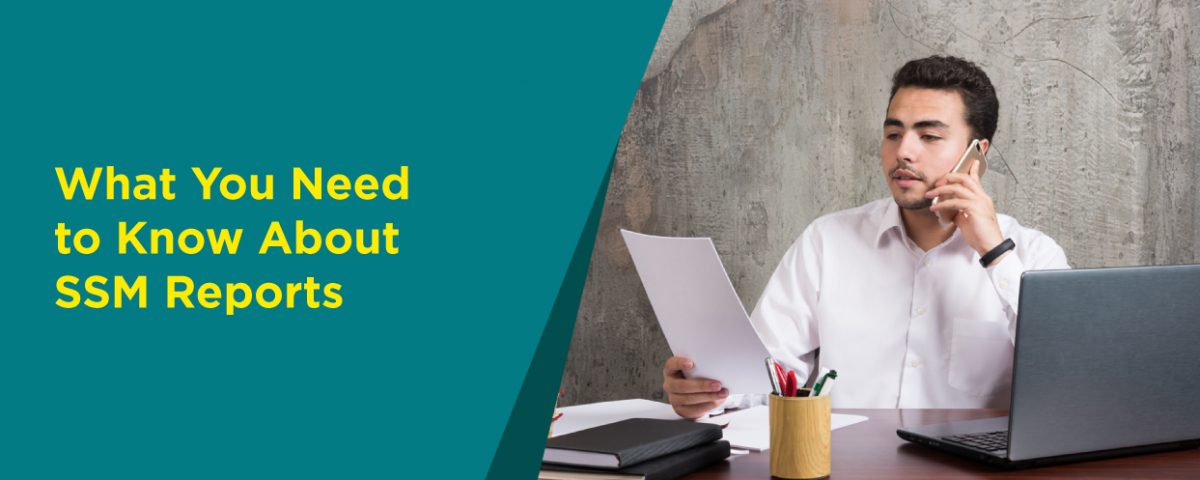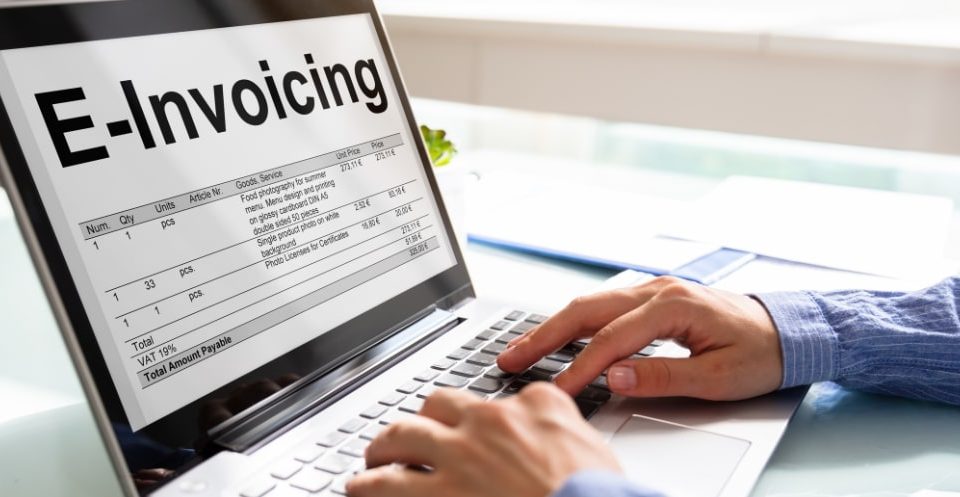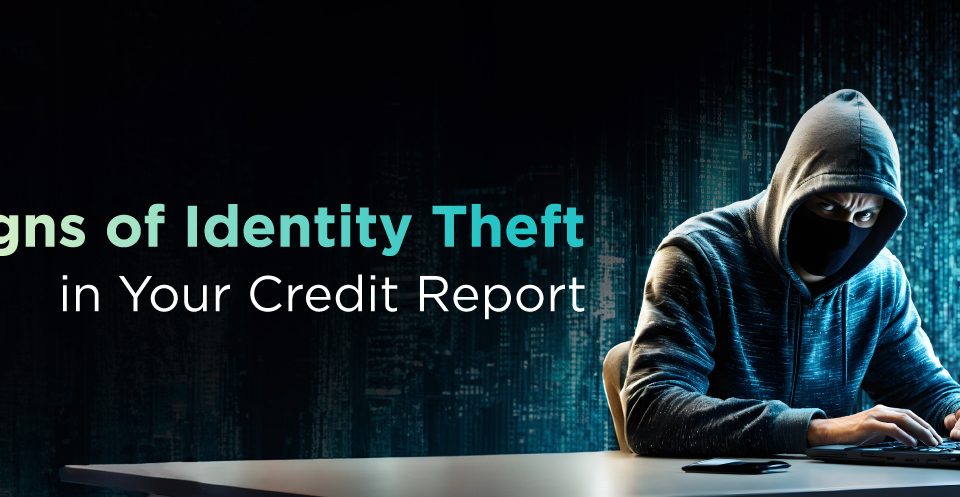
When you incorporate a company in Malaysia, it is registered with the Companies Commission of Malaysia (Suruhanjaya Syarikat Malaysia, or SSM).
The founders of the company will give SSM the relevant details of the business, like the name, nature of business, details of shareholders, and more. Furthermore, SSM also requires incorporated companies to submit their annual return and financial statements every year.
All of this information is available in the SSM Report. It is an important document for proof that the company is a going concern, as well as the state of its financial health. The information in the SSM Report helps you evaluate a company’s background and its finances at a glance.
Structure of an SSM Report
An SSM Report is divided into six parts:
- Corporate information
- Summary of share capital
- Directors/officers
- Shareholders/members
- Company charges
- Summary of financial information
Let’s go through each part in turn.
- Corporate Information
This part contains the basic information of the company, including:
| Name | The name of the company. Companies incorporated in Malaysia will have their name ending in “Sdn Bhd” (for private limited companies) or “Bhd” (for public limited companies). |
| Last old name | The previous name of the company, if any. |
| Date of change | The date that the previous company name was changed. |
| Registration number | A unique 12-digit number issued to each registered company for identification and verification purposes. |
| Incorporation date | The date that the company is incorporated, i.e. existing as a separate legal entity. |
| Registration date | The date that the company is registered with SSM. |
| Type | The type of legal structure formed by the company. These include private limited company, unlimited company, public limited company, company limited by guarantee, and foreign company. |
| Status | The operating status of the company, e.g. existing, dormant, dissolved, struck off etc. |
| Registered address | The official address of the company as registered with SSM. All official correspondence, legal documents, and notices from the government will be sent to this address. |
| Origin | Country of origin of the company. Foreign companies have stricter requirements for incorporation, such as a higher minimum amount of share capital. |
| Business address | The physical address where the company conducts its day-to-day operations like selling to customers, meeting suppliers etc. This may differ from its registered address. |
| Nature of business | The type of business activities that the company is set up for. It should reflect the sector that the business operates in. |
- Summary of Share Capital
The company may issue ordinary shares or preference shares, details of which are in this section of the SSM report. This represents the share capital of the company, or the total amount of money the company’s owners have invested into it.
Typically, the company’s founders will receive ordinary shares upon incorporation. Preference shares are usually issued to non-founding shareholders or investors. Ordinary shares allow their holders to vote on company matters, whereas preference shares don’t give voting rights. However, dividends will be distributed to preference shareholders first. In case of insolvency, preference shareholders will also be paid first, ahead of ordinary shareholders.
- Directors and Officers
This section shows the directors and officers of the company and their details, including their name, IC/passport number, designation, and date of appointment.
In the SSM report, the directors are members of the Board of Directors. They oversee the officers, who are the senior management of the company, for example the Chief Executive Officer. Normally, the directors will make major business decisions, as well as appointing and overseeing the company’s officers. The officers will run the day-to-day affairs of the company.
This section also shows the details of the company secretary. It is a legal requirement to appoint a company secretary within 30 days of the company’s incorporation.
The secretary must be a different person from the directors, as their role is to handle all the paperwork and statutory matters relating to the company, as well as ensure the company’s compliance with all laws. These include completing the annual filing with SSM and informing SSM of any updates to the company’s particulars.
- Shareholders
This section of the SSM report shows the list of shareholders and their details, including their name, IC/passport number, and amount of shareholdings.
The shareholders are the owners of the company. They are the ones who contribute capital to the company in exchange for a share in the profits and a say in how the company is run.
Ideally, shareholders, directors, and management should be three separate groups of people. Shareholders are not normally involved in the company’s management, but they do have an indirect influence by voting on important matters during shareholder meetings. The actual role of management falls to the directors and officers, whose duties and responsibilities are to act in the best interests of the company. Each party acts as a check and balance on each other to ensure the smooth running and profitability of the company.
However, shareholders can also be directors and be involved actively in the daily workings of the company. This is the case in many ‘owner-managed’ or family-run businesses, as well as in SMEs where it is not practical to appoint a separate board of directors or senior management figures.
- Company Charges
A charge is a form of security over an asset which gives the lender the right to sell the asset in case the debt cannot be paid. Thus, this section of the SSM report lists the charges that the company has granted to the lender(s) over its properties.
Charges that must be registered with SSM include charges over:
- Debentures
- Uncalled share capital
- Shares of a subsidiary company which is owned by the company
- Land
- Book debts
- Floating charges
- Calls to shareholders made but not paid
- Ships or aircraft, or any share in them
- Goodwill, patents, trademarks, copyright
- Credit balances of the company
- Any moveable property (requires registration under Bills of Sale Act 1950)
In the SSM report, the charge amount, date of creation, name of chargee (lender), and charge status (whether it has been discharged) is stated.
- Summary of Financial Information
Companies need to submit their audited financial statements annually to SSM, except for some exemptions for SMEs. The summarized financial information is thus presented in the SSM report.
The information includes a summary of the balance sheet to assess a company’s financial position:
- Non-current assets
- Current assets
- Non-current liabilities
- Current liabilities
- Share capital
- Reserves
- Retained earnings
- Minority interests
In addition, a summarized income statement is also included to show the company’s financial performance over the past financial year:
- Revenue
- Profit/loss before tax
- Profit/loss after tax
- Net dividend
- Minority interests
Why the SSM Report is Important
Aside from the information available about the company’s finances, the SSM record of a company is crucial as it provides its legal identity.
This establishes the company as a distinct legal entity separate from its owners or shareholders. It is crucial for entering into contracts, owning assets, and engaging in various business transactions. As such, being a registered entity adds credibility and trustworthiness to a business. It signals to customers, partners, and investors that the company is legitimate and adheres to regulatory standards.
SSM reports also outline the structure of the company, including details about shareholders, directors, and officers, helping ensure proper corporate governance. This promotes transparency and accountability within the organization, building credibility and trust to external parties.
To manage credit risk, it is essential to evaluate an organization’s credibility and financial standing. This can be done using CTOS Credit Manager, which provides instant access to data and insights, including reports such as the SSM report.




